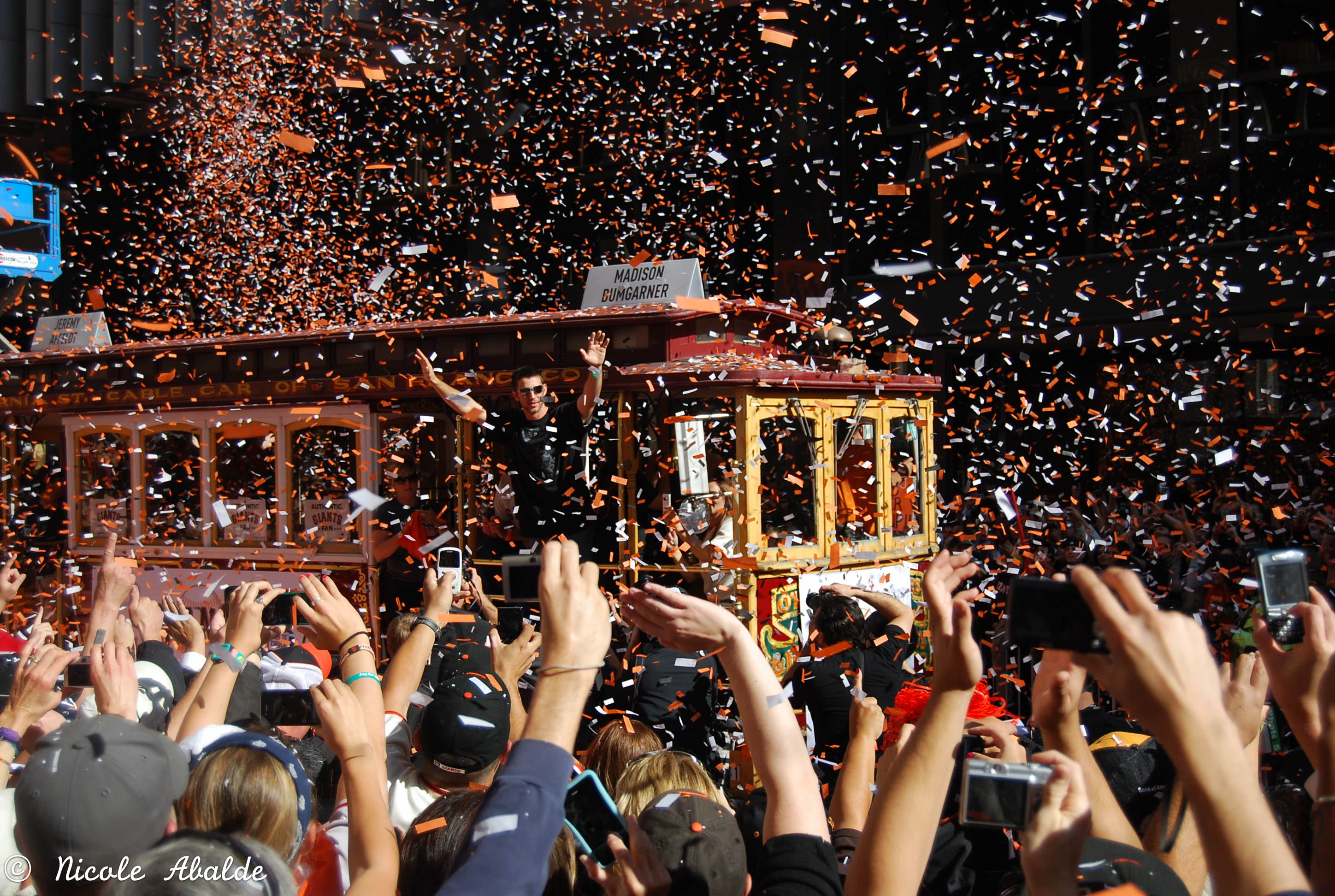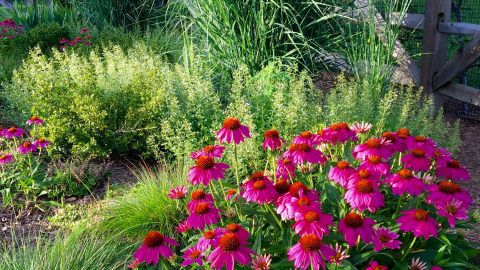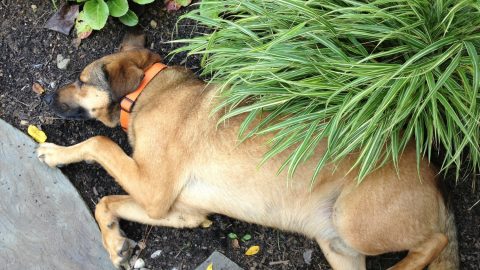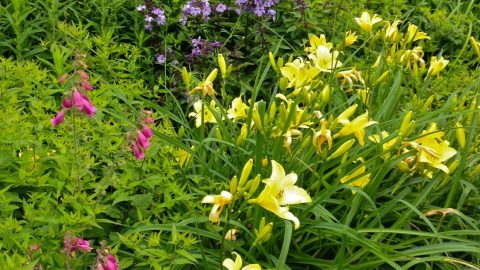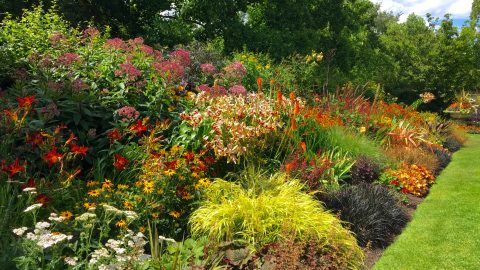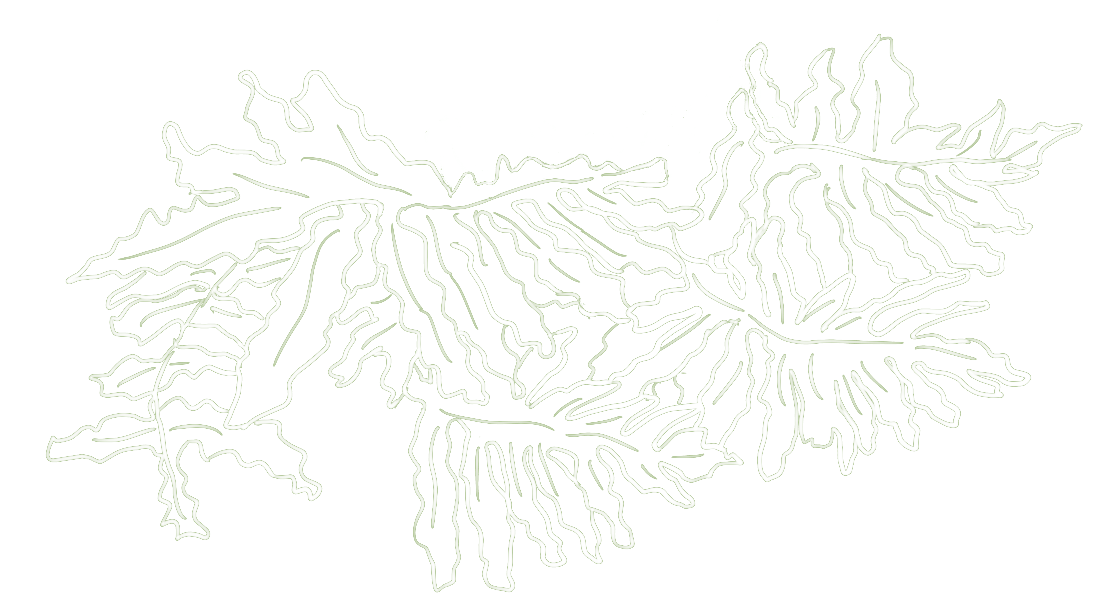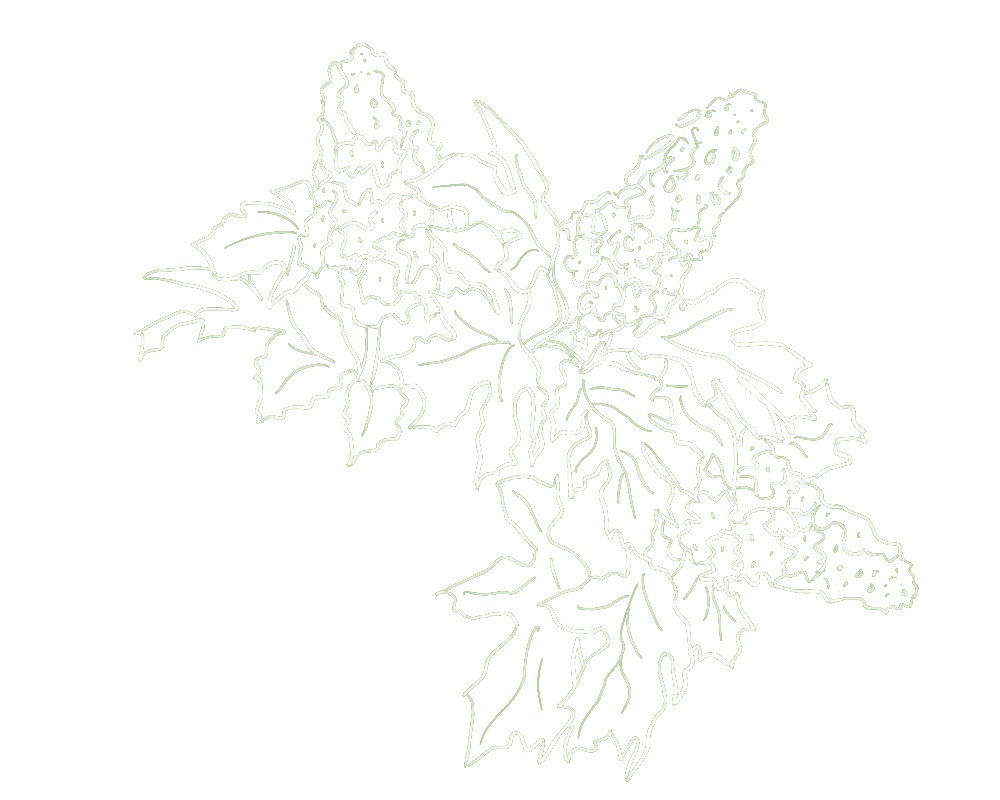Everyone in my family is a baseball fan, and when we’re not rooting for the Washington Nationals, we’re probably cheering for the St. Louis Cardinals. And while I have nothing, as a general matter, against the San Francisco Giants, they did manage to beat first the Nats and then the Cards in the playoffs as they fought their way to the 2014 World Series . . . and won . . for the third time in 5 years. They’re obviously a great team, but I found myself secretly hoping that the Kansas City Royals (an American League team!) would somehow best them in Game 7. The Giants were just . . . too successful, I guess.
Which immediately reminded me of the Wall Street Journal’s Baseball Playoffs Hateability Index, a fun analysis that ranks baseball playoff teams in order of “general loathsomeness” so you know who to root against in case your team doesn’t make it. The Index awards points for unpopular behavior such as winning too much, sporting too many beards and having too many obnoxious fans. The Cards came in first place this year, thanks to lots of World Series wins and fans routinely labeled the “best in baseball.” Would the Giants give them a run for their money in 2015?
And, then, when I was out in my garden the next day licking my wounds (OK, maybe it was just a paper cut since I’m really not a Royals fan), it dawned on me that there are probably many parallels between the Journal’s baseball hateability factors and the plants in your garden that give you the greatest angst. Seriously. Check out the list below and tell me you don’t agree.
Baseball Hateability Factor: Pennants won in the past 10 years (i.e., success to the point of domination).
Garden Equivalent: Plants that successfully out-compete all of the others in your garden, smothering their more well-mannered companions. Examples: Gooseneck loosestrife (Lysimachia clethroides) and common goldenrod (Solidago canadensis)

Baseball Hateability Factors: Excessive payrolls and players with $100 million+ contracts.
Garden Equivalent: Expensive plants that require lots of pampering and then underperform. Example: Winter daphne (Daphne odora)
Baseball Hateability Factor: Players suspended for performance-enhancing drug use.
Garden Equivalent: Plants that don’t do well unless you constantly pump them up with artificial fertilizers and insecticides. Example: Every rose I’ve ever tried to grow
Baseball Hateability Factor: Opposing batters plunked.
Garden Equivalent: Plants that constantly drop parts on unsuspecting passers-by. Example: Silver maples (Acer saccharinum) and black walnut trees (Juglans nigra)
Baseball Hateability Factor: Excessive beards.
Garden Equivalent: Trendy plants that call too much attention to themselves in most garden settings. Example: Neon-colored Heuchera cultivars
Baseball Hateability Factor: Fans invade other teams’ ballparks.
Garden Equivalent: Plants that never stay put and strain otherwise cordial neighborly relations. Example: Running bamboos
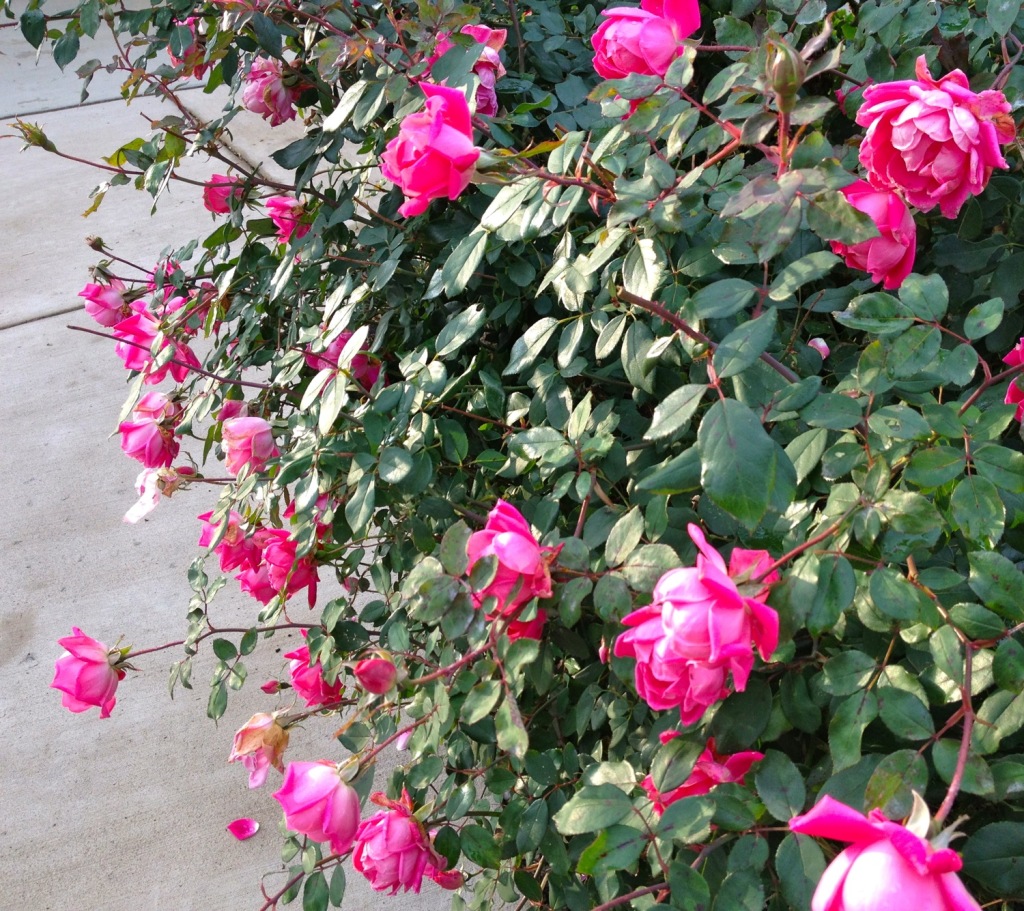
Baseball Hateability Factor: Fans routinely labeled “best in baseball.”
Garden Equivalent: Plants that win awards and are subsequently planted in every landscape imaginable. Example: Knock-Out Roses
So there you have it. The only two WSJ Baseball Hateability Factors that didn’t seem to directly apply to garden plants are (1) team refers to fan base as a “Nation”, and (2) number of Sports Illustrated covers in 2014. But I’m sure that’s just because I’m missing something – something that might be perfectly obvious to you.
Giants parade photo credit: NicoleAbalde via photopin cc

